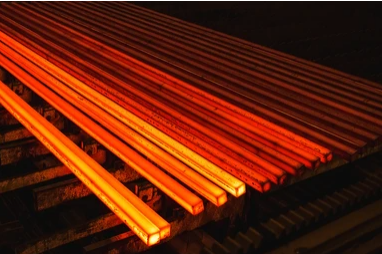Hot rolled steel bars are an essential material in many industries due to their strength, durability, and versatility. The manufacturing process begins with steel billets, which are large, rectangular pieces of metal. These billets are heated to a high temperature, typically above the steel's recrystallization point, making them malleable and easier to shape. The heated billets are then passed through a series of rollers, which shape the steel into bars of the desired size and form. This process also allows the steel to retain some of its mechanical properties, such as ductility and toughness.
As the hot rolled bar moves through the rollers, it gradually forms into the desired shape and size, such as round, square, or flat bars. The hot rolling process creates a scale on the surface of the steel, which is a layer of iron oxide that forms due to exposure to high heat and oxygen. This scale is often removed later through pickling or abrasive processes to improve the steel's appearance and resistance to corrosion. After rolling, the steel bars are cooled, cut to length, and often subjected to further finishing processes such as straightening or surface treatments.
The hot rolling process offers several benefits, including lower production costs and a faster rate of production compared to other methods like cold rolling. Additionally, hot rolled steel bars typically have a rougher surface finish, making them ideal for applications where precise tolerances and smooth finishes are not required. However, they may also be used as raw materials for further processing into more specialized products, such as cold-rolled steel bars or structural components. Overall, the manufacturing process of hot rolled steel bars is crucial for meeting the demands of various industries, including construction, automotive, and manufacturing.

